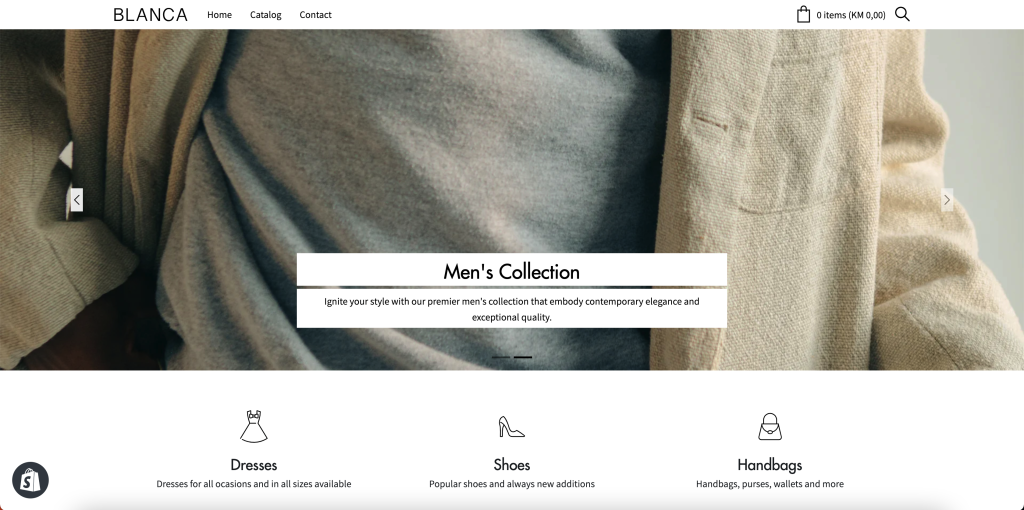From Cart to Conversion: How Shopify Themes Impact the Checkout Process

Navigating the nuanced corridors of e-commerce requires a blend of aesthetics, functionality, and psychology. One of the key facets where these elements intersect is the checkout process. For many online retailers, cart abandonment remains a persistent challenge. As businesses turn to platforms like Shopify, the theme one adopts can play a pivotal role in transitioning a visitor from mere interest to confirmed purchase.
The Psychological Impression:
Shopify themes, while primarily visual, significantly influence a buyer’s subconscious. As renowned retail psychologist Dr. Lillian Farrow notes, “The aesthetics of an online store act as non-verbal cues. They either instill trust or inject doubt.” An intuitive theme can assuage apprehensions, making users more amenable to finalizing their purchase.
Optimized User Experience:
A seamless experience is paramount. Themes cluttered with unnecessary elements can distract and dissuade potential customers. It’s critical to maintain a balance between engaging visuals and an unobtrusive path to purchase.
Mobile Optimization:
Today’s consumers often migrate between devices. A theme’s mobile responsiveness is not just about aesthetics; it’s about retaining potential conversions that might be lost due to poor mobile optimization.
Q&A Section:
- Q: Does the color scheme of a theme influence checkout behavior?
- A: Absolutely. Colors evoke emotions. For instance, blue often instills trust, while red can indicate urgency. The right palette can subtly nudge a user towards conversion.
- Q: How critical is the position of the checkout button?
- A: Quite crucial. Positioning and prominence can determine how easily a user proceeds to checkout. It should be easily identifiable without being obtrusive.
Security Perceptions:
“Trust is the currency of e-commerce,” states e-commerce consultant, Gregory L. Hunt. Incorporating visible security badges and ensuring the theme supports SSL can enhance trustworthiness, making users more likely to complete their purchase.
Personalized Touches:
While not intrinsic to every theme, the ability to incorporate personalized elements – such as user names or previously viewed items – can make the checkout process feel more tailored to the individual, increasing the likelihood of conversion.
In Summation:
The theme selection extends beyond mere visual appeal. It’s a cog in the intricate machinery of online retail, influencing user decisions at every turn. In the words of business magnate, Eleanor T. Jameson, “E-commerce success is woven from threads of perception, experience, and trust.” Ensure your Shopify theme strengthens each of these threads, guiding your visitor from cart to conversion seamlessly.
![Consider inserting a relevant image here, perhaps a graphical representation of the conversion process or a visual illustrating cart abandonment statistics.]
Navigating the nuanced corridors of e-commerce requires a blend of aesthetics, functionality, and psychology. One of the key facets where these elements intersect is the checkout process. For many online retailers, cart abandonment remains a persistent challenge. As businesses turn to platforms like Shopify, the theme one adopts can play a pivotal role in transitioning a visitor from mere interest to confirmed purchase.
The Psychological Impression:
Shopify themes, while primarily visual, significantly influence a buyer’s subconscious. As renowned retail psychologist Dr. Lillian Farrow notes, “The aesthetics of an online store act as non-verbal cues. They either instill trust or inject doubt.” An intuitive theme can assuage apprehensions, making users more amenable to finalizing their purchase.
Optimized User Experience:
A seamless experience is paramount. Themes cluttered with unnecessary elements can distract and dissuade potential customers. It’s critical to maintain a balance between engaging visuals and an unobtrusive path to purchase.
Mobile Optimization:
Today’s consumers often migrate between devices. A theme’s mobile responsiveness is not just about aesthetics; it’s about retaining potential conversions that might be lost due to poor mobile optimization.
Q&A Section:
- Q: Does the color scheme of a theme influence checkout behavior?
- A: Absolutely. Colors evoke emotions. For instance, blue often instills trust, while red can indicate urgency. The right palette can subtly nudge a user towards conversion.
- Q: How critical is the position of the checkout button?
- A: Quite crucial. Positioning and prominence can determine how easily a user proceeds to checkout. It should be easily identifiable without being obtrusive.
Security Perceptions:
“Trust is the currency of e-commerce,” states e-commerce consultant, Gregory L. Hunt. Incorporating visible security badges and ensuring the theme supports SSL can enhance trustworthiness, making users more likely to complete their purchase.
Personalized Touches:
While not intrinsic to every theme, the ability to incorporate personalized elements – such as user names or previously viewed items – can make the checkout process feel more tailored to the individual, increasing the likelihood of conversion.
In Summation:
The theme selection extends beyond mere visual appeal. It’s a cog in the intricate machinery of online retail, influencing user decisions at every turn. In the words of business magnate, Eleanor T. Jameson, “E-commerce success is woven from threads of perception, experience, and trust.” Ensure your Shopify theme strengthens each of these threads, guiding your visitor from cart to conversion seamlessly.
